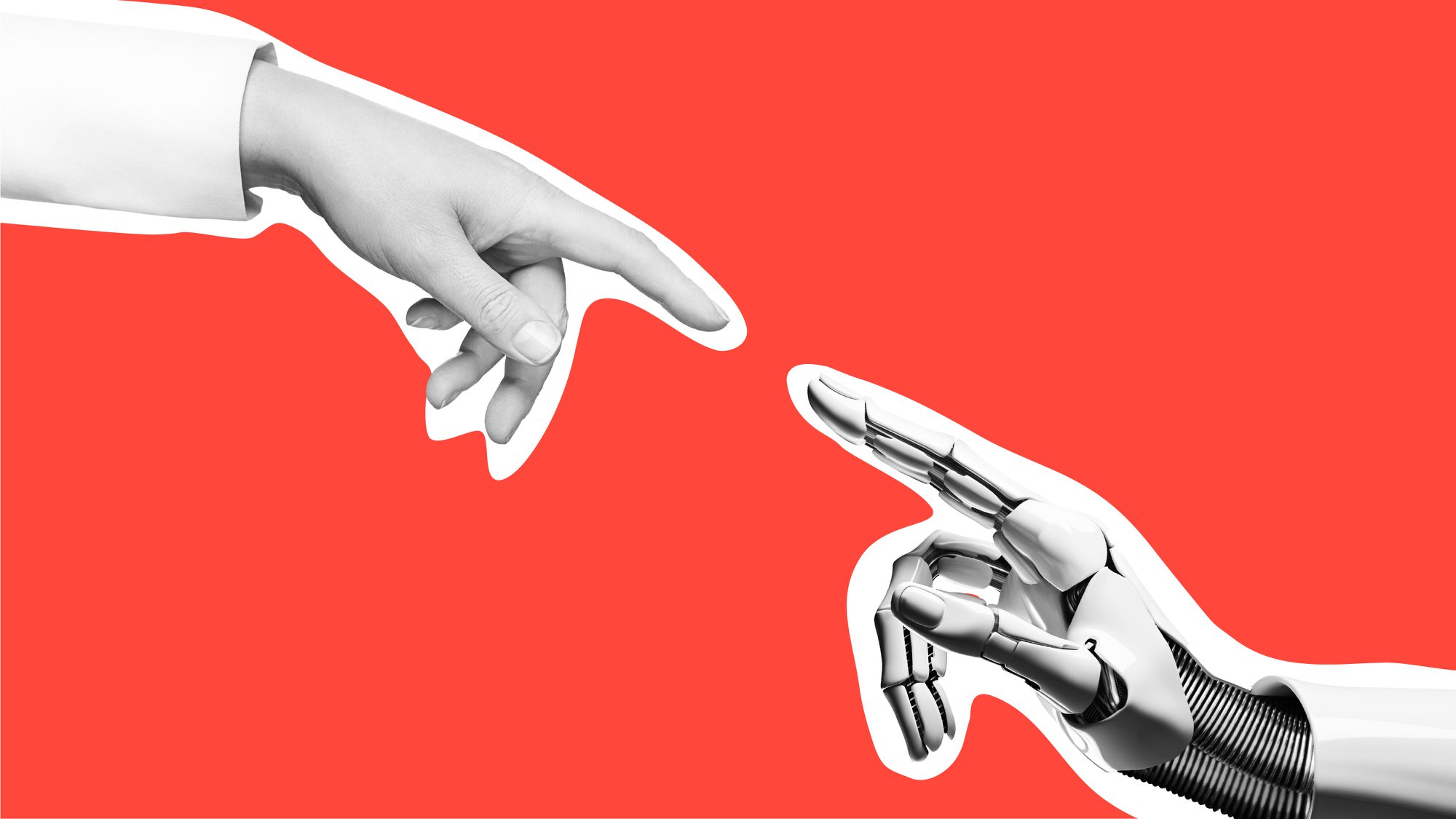Employee wellbeing and burnout: it’s not all about time off

As a brand and communications agency, we’re always looking at ways to positively influence behaviour. Insights that drive behaviour change matter and we’re often asked to work on wellbeing communications.
Increasingly, we’re hearing clients talk about employee burnout, prompting what appear to be some bold moves by brands.
Here are a few examples …
Last year LinkedIn gave employees a “RestUp Week” after a company-wide survey revealed manager burnout had risen to 78%.
In July last year, Hootsuite gave 1,000 members of its staff a “Wellness Week”. This came as a result of a staff survey that revealed its people weren’t taking time for self-care, or to process what had happened post-pandemic. Instead, they were working more than ever.
In fact, 50% of us say we are working more than ever. It seems technology, yet again, is not always our friend but our jailer.
It would seem tech companies are leading the way with burnout solutions.
At Mozilla, staff were given a day off once a month in 2021 to help fight burnout. The days were tagged onto weekends giving employees 3 consecutive days.
Mozilla then went further, shutting down the entire company for a “Wellness Week,” which led into the Fourth of July weekend.
Bumble gave their staff wellness days off, and Fidelity introduced 5-days extra time off for unexpected events so that staff could care for relatives or simply recharge.
At the start of July last year, HubSpot gave its employees a global “Week of Rest”.

So, it’s all about time off?
Well … no, it’s not.
I’m fascinated by the 4-day week experiment that 700 UK companies are currently participating in.
I’m hoping that it results in less burnout, but we’ll wait and see.
I read with interest about a company that gave up on its unlimited holiday policy because it just wasn’t working. Employees were not taking enough holiday; they were unsure what time they could and could not take up, and it bred resentment as others feared they had to ‘pick up the slack.’
When it comes to ‘time’, I’ve spoken to a number of companies recently about their volunteering programmes – generous offers to do good deeds on company time.
Only 10% of that time is being utilized by employees.
So, what is going on?
I think time is certainly a factor, but, crucially, it’s leadership of self and others that matters.
Stepping in and spotting signs of burnout, speaking up and asking for help, providing support in terms of resources and tools to do the job. These things really matter.
Wellness programmes and tools alone are mostly just a ‘band-aid’ response, they have little lasting value unless without the continual backing by a leadership culture that cares for people.
And so today – during mental health awareness week – we’ve been fortunate to have Dr Amy Bradley talk to The Team and our clients about managing burnout.
A radical reimagining of workplaces is needed to tackle burnout at its roots
Dr Amy Bradley is a professor, writer and speaker new book, Running on Empty looks at learnings, personal prevention strategies and healing practices for dealing with burnout.
In 2020, she joined the Thinkers50 Radar list of global management thinkers and her work has been featured in Harvard Business Review, Forbes, BBC and The Guardian.
During her breakfast talk, Amy offered incredible insights – backed with some fairly eye-opening data – into what she believes is needed in order to truly address burnout.
Here are a few key takeaways:
- As a result of the pre-pandemic, we’ve lost the transitionary space between home and work that is so vital to setting boundaries.
- 12 hours of work-related screen time is now the norm.
- 89% of employees across 46 countries say that worklife is getting increasingly worse.
- Burnout is higher among employees whose values are not aligned with the company they work for.
- People are working in a state of Flight, Fight or Freeze – addressing these is one of the ways to begin tackling burnout.
- Employers now ignore burnout at their peril.
Workplaces have a crucial role to play in fostering kindness, care and understanding. As communicators, employee experience designers and work colleagues, we can learn a great deal about how we foster the behaviours and practices that will create better workplaces.





